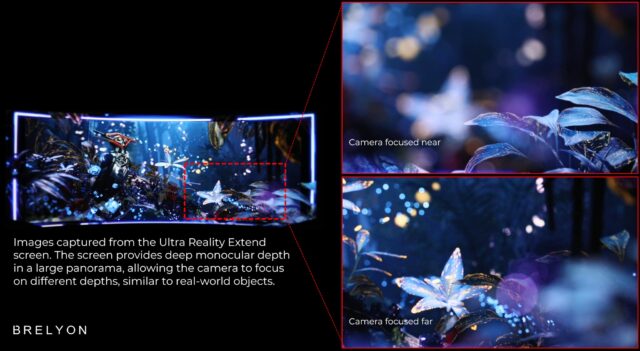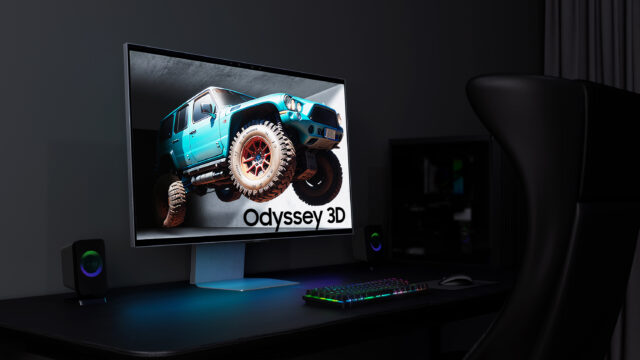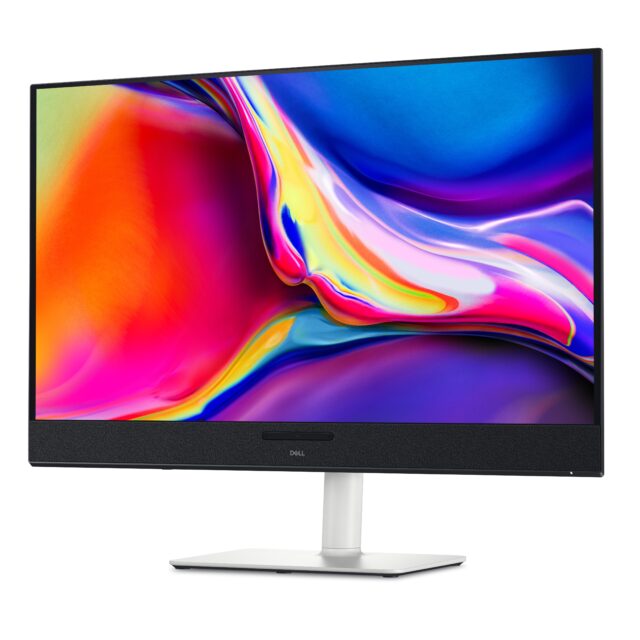Plenty of computer monitors made debuts at the Consumer Electronics Show (CES) in Las Vegas this year, but many of the updates at this year's event were pretty minor. Many could have easily been a part of 2024's show.
But some brought new and interesting features to the table for 2025—in this article, we'll tell you all about them.
LG’s 6K monitor
Pixel addicts are always right at home at CES, and the most interesting high-resolution computer monitor to come out of this year's show is the LG UltraFine 6K Monitor (model 32U990A).
People seeking more than 3840×2160 resolution have limited options, and they’re all rather expensive (looking at you, Apple Pro Display XDR). LG's 6K monitor means there's another option for professionals needing extra pixels for things like developing, engineering, and creative work. And LG’s 6144×3456, 32-inch display has extra oomph thanks to something no other 6K monitor has: Thunderbolt 5.

LG hasn't confirmed the refresh rate of its 6K monitor, so we don't know how much bandwidth it needs. But it's possible that pairing the UltraFine with a Thunderbolt 5 PC could trigger Bandwidth Boost, a Thunderbolt 5 feature that automatically increases bandwidth from 80Gbps to 120Gbps. For comparison, Thunderbolt 4 maxes out at 40Gbps. Thunderbolt 5 also requires 140 W power delivery and maxes out at 240 W. That's a notable bump from Thunderbolt 4's 100–140 W.
Considering that Apple’s only 6K monitor has Thunderbolt 3, Thunderbolt 5 is a differentiator. With this capability, the LG UltraFine is ironically better equipped in this regard for use with the new MacBook Pros and Mac Mini (which all have Thunderbolt 5) compared to Apple’s own monitors. LG may be aware of this, as the 32U990A’s aesthetic could be considered very Apple-like.










 Loading comments...
Loading comments...
